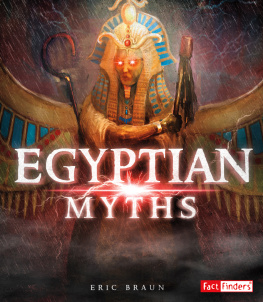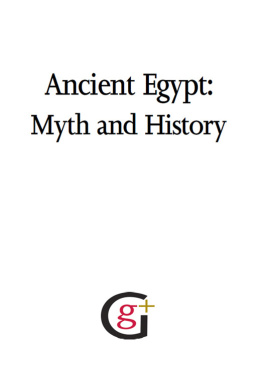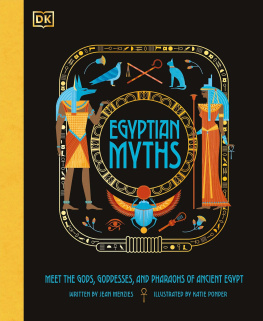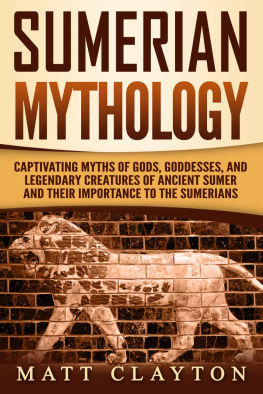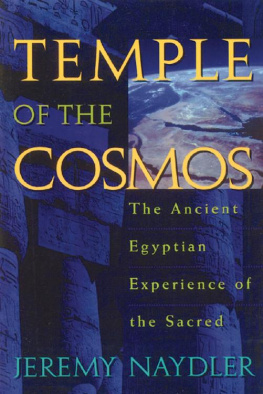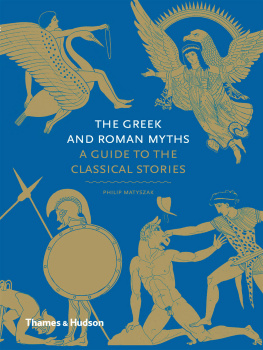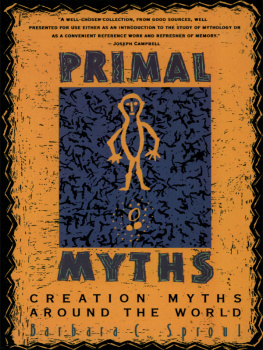
AWAKENING
HIGHER CONSCIOUSNESS
I was very touched by the weaving together of science and myth in Awakening Higher Consciousness. Here are two scientists who dare to be fascinated by the power of myth and who bring us along on their voyage of discovery. An enthralling read!
PATTY DE LLOSA, AUTHOR OF THE PRACTICE OF PRESENCE AND
CONTRIBUTING EDITOR FOR PARABOLA MAGAZINE
A deep exploration of the psychological and spiritual meaning of ancient Near Eastern myths, with the aim of highlighting their relevance to the inner work of self-development.
JEREMY NAYDLER, AUTHOR OF
SHAMANIC WISDOM IN THE PYRAMID TEXTS,
TEMPLE OF THE COSMOS, AND THE FUTURE OF THE ANCIENT WORLD
A valuable contribution to the growing body of work that overturns the still prevalent conceit that ancient mythology was the product of primitive minds.
JOHN ANTHONY WEST, AUTHOR OF SERPENT IN THE SKY
Dickie and Boudreaus insights are provocative and inspiring. Awakening Higher Consciousness is a must read for anyone interested in myth and its meaning.
EDWARD MALKOWSKI, AUTHOR OF
ANCIENT EGYPT 39,000 BCE AND
RETURN OF THE GOLDEN AGE
INTRODUCTION
THE ORIGIN OF OUR QUESTIONS
In days of yore, in the distant days of yore,
In nights of yore, in the far-off nights of yore,
In years of yore, in the distant years of yore,
When necessary things had been brought into manifest existence,
When the necessary things had been for the first time set in order,
When bread had been tasted for the first time in the shrines of the Land,
When the ovens of the Land had been made to work,
When the heavens had been separated from earth,
When earth had been delimited from the heavens,
When the fame of mankind had been established,
When An had taken the heavens for himself,
When Enlil had taken the earth for himself,
When the netherworld had been given to Ereshkigal as a gift.
So begins the Sumerian epic tale Gilgamesh, Enkidu, and the Netherworld, from the third millennium BCE, more than five thousand years ago. These words were written in a language that we are only now beginning to understand, by people with no knowledge of, concept of, or real need for the internal combustion engine or other modern technologies. What could they have written that would be of interest, that would be of use, to us today? This book explores the ancient myths of Sumer, Egypt, Akkad, and other cultures to see how modern men and women, as we now live our lives, can benefit from ancient words.
The authors contend that these ancient myths, which form the basis of present-day Western culture and beliefs, have much to provide us in the way of knowing ourselves, or the Self, such as described by Jung, The myths offer insights into who we are, who we might become, where we might strive to go, and how we might begin an effort to get there. Throughout our exploration we invite the reader to look with fresh eyes at what might seem to be familiar tales. In the end we hope that these myths will offer new life, meaning, and usefulness to each reader for his or her own explorations, internal and external.
We recognize that myths arise from astronomical, meteorological, and geological events. But we present here our thoughts that the myths more importantly contain valuable information on the development of the soul within man. Questions regarding life, death, and consciousness are not well understood. The enduring question of higher consciousness may be the key to the survival of the myths, as well as to their powerful ability to create a renewed sense of the Self within our literalistic and materialistic world.
One of the key points of this book is that, for each individual, daily life involves at least two different Is. For the most part, a person wanders around without much self-awareness. At certain times, however, something becomes more active and aware within. Sometimes this results from efforts of attention, while at other times it may occur through what appears to be an accident or pure chance. This arising of awareness is a beginning, a creation, or a re-creation that in this book we refer to as an awakening of higher consciousness or an arising of the Self. We see these moments of self-awareness as the central theme of myths throughout the ages. The ancient myths, such as those in the Bible, are not merely tales of long ago and far away. We present our case that myths refer to the intimate and immediate awakening of higher consciousnessand thus provide much-needed insight and guidance.

Figure I.1. Authors Lloyd Dickie and Paul Boudreau at the base of thePyramid of Khufu (Cheops), also known as the Great Pyramid of Giza, withthe Pyramid of Khafre (Kephren; middle) and the Pyramid of Menkaure(Mycerinus; smallest) in the background.
We follow in the footsteps of many great minds. The scope and potential of this broadened approach was set out clearly in a short book by R. A. Schwaller de Lubicz, Du symbole et de la symbolique, or The Symbol and the Symbolic. He predicts that it is rational science, which today has reached what is already being called the surrational, that will open the way towards esotericism of a suprarational nature.
This book is our personal response. It is based on our studies of the greatest of the myths, those that first appeared in Mesopotamia and Egypt and were distributed to Europeans by way of the Hebrews and the Greeks. These myths embody a quality of thought and feeling that is now being widely sought throughout the Western world. Through these studies we have come to believe that myth can provide a substantial base from which to restore a balance in general perspective to our present civilization. We have become especially aware of the need to cultivate the more sensitive and introspective sides of our natures, and to distinguish them more clearly from the external social influences that can oppose or obscure them. The frenzy, confusion, and even violence that plague our social and political atmosphere act to upset any such balance between these two aspects of human nature. In fact, it is increasingly apparent that these divisive forces threaten to destroy the delicate fabric that has been slowly developed and disseminated over long periods in the traditions that underlie our present complex society. We now recognize that myths are important vehicles in the building of civilization.
At this point we ask you, the reader, to consider your approach to this material. Will it become just one more external influence that demands attention? Or can you find something more profound because of it? We ask you to pause and consider whether the most important thing for each of us is the individual self, not the contents of a book or the study of a myth. We do not intend to invoke any psychological or philosophical subtlety; rather, we point out a simple fact that can make a significant difference to the point of view in any study. When I, the reader, place my attention inside myself, an awareness of my existence arises. Through focusing on this one deliberate act, the reader can come to appreciate that awareness of the existence of being is essential.
When successful in placing attention inside, it can be seen in the background of my attitudes, interests, and activities that there exists an observing I that enables a certain objectivity. This objectivity allows an inner awareness, a bridge between oneself and others. Although others seem very separate and have diverse interests that are not related to oneself, it can be seen that they must operate from this same basic awareness.
Next page

